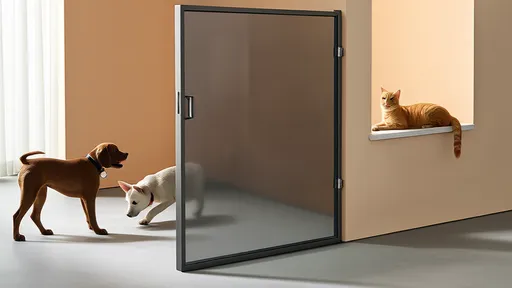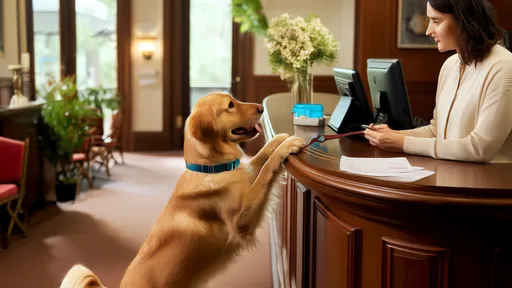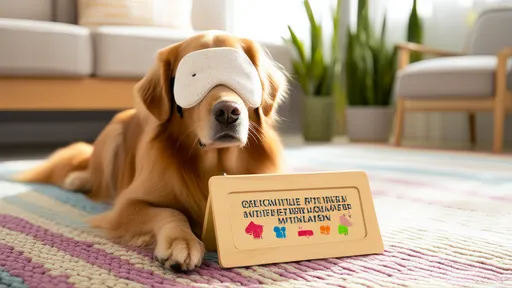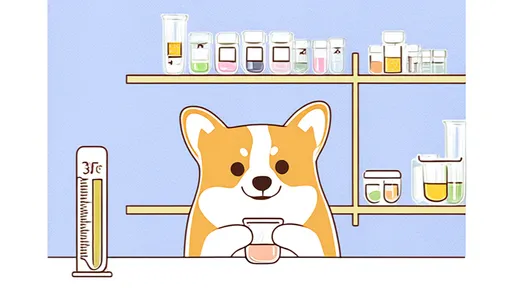Living with a blind pet presents unique challenges, but with thoughtful adjustments, your home can become a safe and comfortable space for them. Unlike humans, pets rely heavily on their other senses—smell, hearing, and touch—to navigate their surroundings. Creating a consistent environment with clear markers helps them build confidence and independence. The key lies in designing a home that communicates spatial information without relying on vision.
Scent Markers: The Invisible Guides
One of the most effective ways to help a blind pet navigate is by using scent markers. Dogs, in particular, have an extraordinary sense of smell, which they use to interpret their environment. Placing small drops of essential oils (pet-safe varieties like lavender or vanilla) on furniture corners, doorways, or stair edges can act as olfactory signposts. Over time, your pet will associate these scents with specific locations, helping them move around more confidently. Avoid overwhelming them with too many scents—start with critical areas like their bed, food bowl, and exits.
Tactile Cues: Texture Underfoot
Another way to guide a blind pet is through textured pathways. Placing rugs with different weaves or rubber mats in strategic locations can signal changes in direction or warn of obstacles. For example, a coarse doormat near stairs can indicate an elevation change, while a soft rug leading to their favorite resting spot provides reassurance. Cats, who are more sensitive to paw textures, may respond well to small adhesive bumps or carpet runners placed along frequently used routes.
Sound as a Navigation Tool
Auditory signals can also play a significant role in helping blind pets orient themselves. Wind chimes near doors or gentle ticking clocks near feeding stations create recognizable sound landmarks. Some pet owners use small, always-on white noise machines in different rooms to help their pets distinguish spaces by sound. Be cautious with volume—subtle, consistent sounds work best, as loud or sudden noises may startle rather than guide.
Furniture Consistency is Crucial
Pets with vision loss memorize layouts through repetition. Rearranging furniture frequently can disorient them and increase anxiety. If you must move items, do so gradually and reintroduce your pet to the new arrangement with scent or texture markers. Blocking off hazardous areas like fireplaces or sharp-edged tables with baby gates or foam padding prevents accidents while they adjust.
The Emotional Aspect: Building Trust
Beyond physical adaptations, emotional support is vital. Using verbal cues like "step up" before stairs or "wait" at doorframes helps your pet anticipate challenges. Positive reinforcement—treats or praise when they successfully navigate a marked area—strengthens their confidence. Remember, blind pets may startle more easily, so always announce your presence with a calm voice before touching them.
With patience and creativity, your home can transform into a space where your blind pet thrives. These markers don’t just aid navigation—they restore a sense of control, allowing pets to enjoy their surroundings with renewed independence.

By /Jul 31, 2025

By /Jul 31, 2025

By /Jul 31, 2025

By /Jul 31, 2025

By /Jul 31, 2025

By /Jul 31, 2025

By /Jul 31, 2025

By /Jul 31, 2025

By /Jul 31, 2025

By /Jul 31, 2025

By /Jul 31, 2025

By /Jul 31, 2025

By /Jul 31, 2025

By /Jul 31, 2025

By /Jul 31, 2025

By /Jul 31, 2025

By /Jul 31, 2025

By /Jul 31, 2025

By /Jul 31, 2025

By /Jul 31, 2025